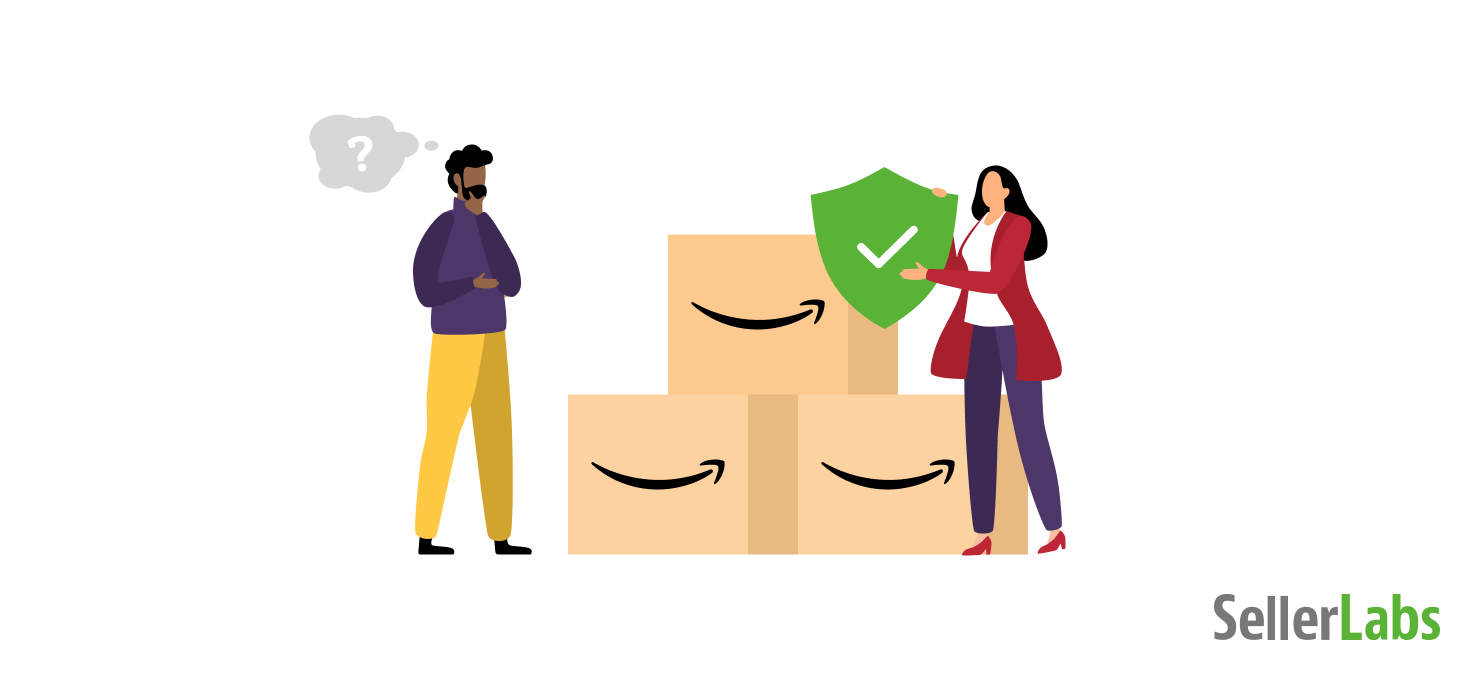This blog post was originally contributed by Ashlin Hadden, the owner of Ashlin Hadden Insurance Agency.
Are Amazon third party sellers safe without product liability insurance? The short answer: No.
Many people with a professional selling plan are either unaware they need coverage, or they’ve opted to take their chances without it. But, per Amazon’s Terms of Service, product liability protection is required for all sellers.
Do you carry Amazon product liability insurance? If you don’t, your assets are not protected. Read this post, watch the video below, and follow up in order to protect your business.
The Insurance Requirements for Amazon Third Party Sellers
Until recently, Amazon has stated the insurance requirement in the ToS, but it has not required sellers to prove that they have product liability coverage. Given the recent lawsuits, Amazon will start to enforce this requirement with sellers who are doing $10,000 or more of monthly sales.
“Sellers with professional selling plans on Amazon.com must provide proof of Commercial General Liability insurance. This insurance, obtained at the seller’s expense, shall cover up to $1,000,000 per occurrence and in the aggregate and must include product liability, bodily injury, or personal injury, property damage, and other requirements as stated in the Participation Agreement. The insurance must indicate that “Amazon.com, Inc., and its affiliates and assignees” are added as additional insureds.”
That’s a lot of insurance lingo. What do you need to know as a third party seller to keep yourself safe? Here are the basics about Amazon’s insurance mandate.
- Policy limits must be at least $1 million per occurrence and in aggregate, covering liabilities caused by or occurring in conjunction with the operation of your business, including products, products/completed operations, and bodily injury;
- Policy must cover your sales through the Amazon.com website;
- Policy must name Amazon and its assignees as additional insureds;
- Policyholder name must match the name of “legal entity” provided to Amazon;
- Policy must be valid for at least 180 days from the date of submission.
Remember, if you’re doing $10,000 or more in monthly sales, and you don’t carry insurance, you are endangering your assets and your business with each sale. I sat down with Jeff Cohen, VP of Marketing at Seller Labs, to discuss what this means for sellers.

The Current Status of 3P Liability
Things are changing; and you can’t get away with not carrying insurance anymore. Courts have ruled that Amazon may be liable in lawsuits. As we see more customers suing Amazon for faulty products, Amazon will find ways to protect itself. That means that Amazon will pass on the liability to you, as third party sellers.
Next Steps for Sellers
Get in front of this. Do not wait until someone has a problem with your product and creates a potentially business-ending legal situation for you. If you don’t have Amazon product liability insurance, get it now. If you do have coverage, revisit your policy and update it to best reflect your brand and products. In addition to this being the smart-seller thing to do right now, you can best bet that Amazon will come knocking for that product liability coverage certificate soon enough.







